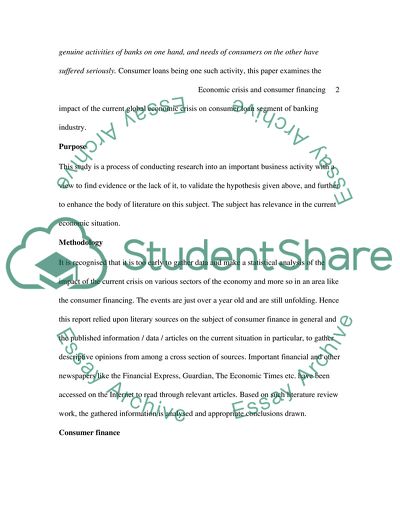Cite this document
(Economic Crisis and Consumer Financing Term Paper, n.d.)
Economic Crisis and Consumer Financing Term Paper. Retrieved from https://studentshare.org/macro-microeconomics/1719397-researching-in-business-and-management
Economic Crisis and Consumer Financing Term Paper. Retrieved from https://studentshare.org/macro-microeconomics/1719397-researching-in-business-and-management
(Economic Crisis and Consumer Financing Term Paper)
Economic Crisis and Consumer Financing Term Paper. https://studentshare.org/macro-microeconomics/1719397-researching-in-business-and-management.
Economic Crisis and Consumer Financing Term Paper. https://studentshare.org/macro-microeconomics/1719397-researching-in-business-and-management.
“Economic Crisis and Consumer Financing Term Paper”, n.d. https://studentshare.org/macro-microeconomics/1719397-researching-in-business-and-management.


